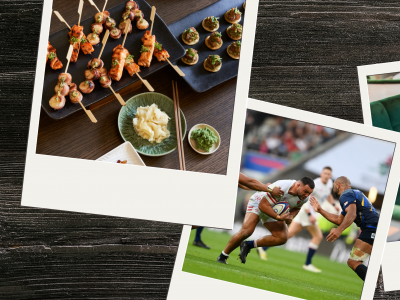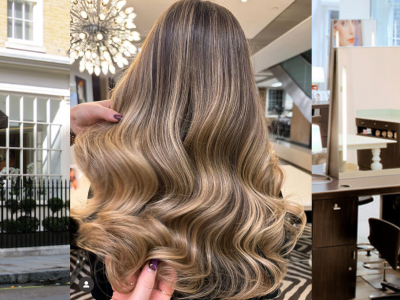The event, hosted in Cole & Son's Jubilee Place flagship gallery, featured a panel to discuss the topic - Heritage Brands: Reinvent or Regress? Chaired by former Culture Minister, Lord Ed Vaizey, and featuring Victoria Carfantan, Director of Champagne Bollinger, Helen Brocklebank, CEO, Walpole, and Marie Karlsson, Managing Director, Cole & Son, it was an evening filled with delicious bubbles courtesy of Champagne Bollinger and spirited conversation on the balance between honouring tradition and innovation.
Heritage Brands: Reinvent or Regress? The Cole & Son Salon Debates
24th October 2025
In the fifth and latest Cole & Son Jubilee Place Salon, some of the most iconic heritage brands came together to discuss the paradox that faces every institution: can the very legacy that defines its value also limit its ability to evolve and grow?
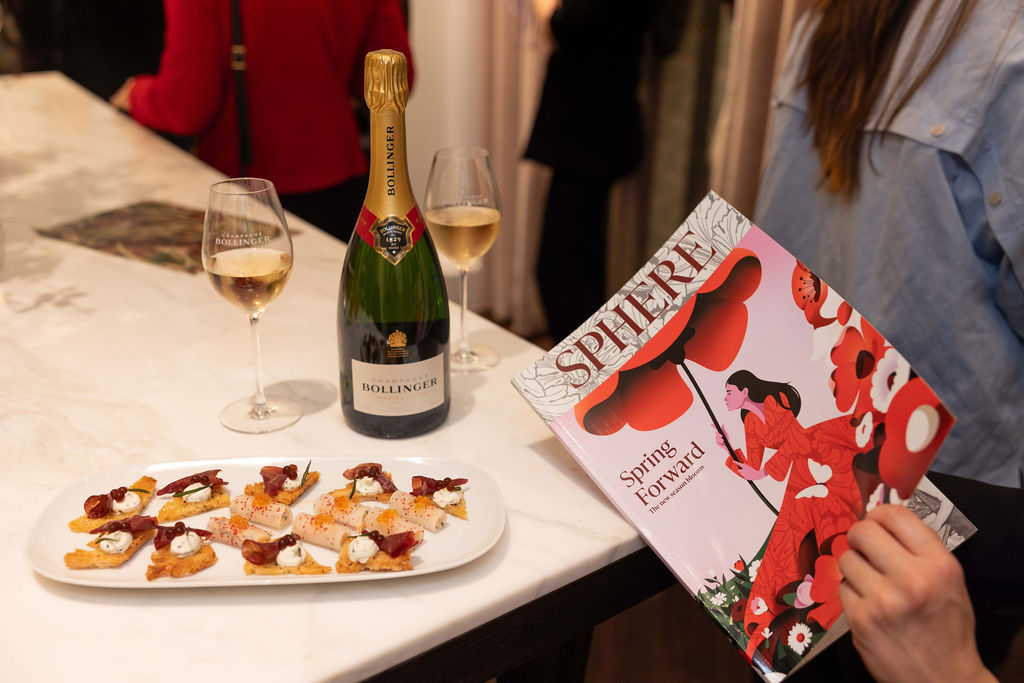
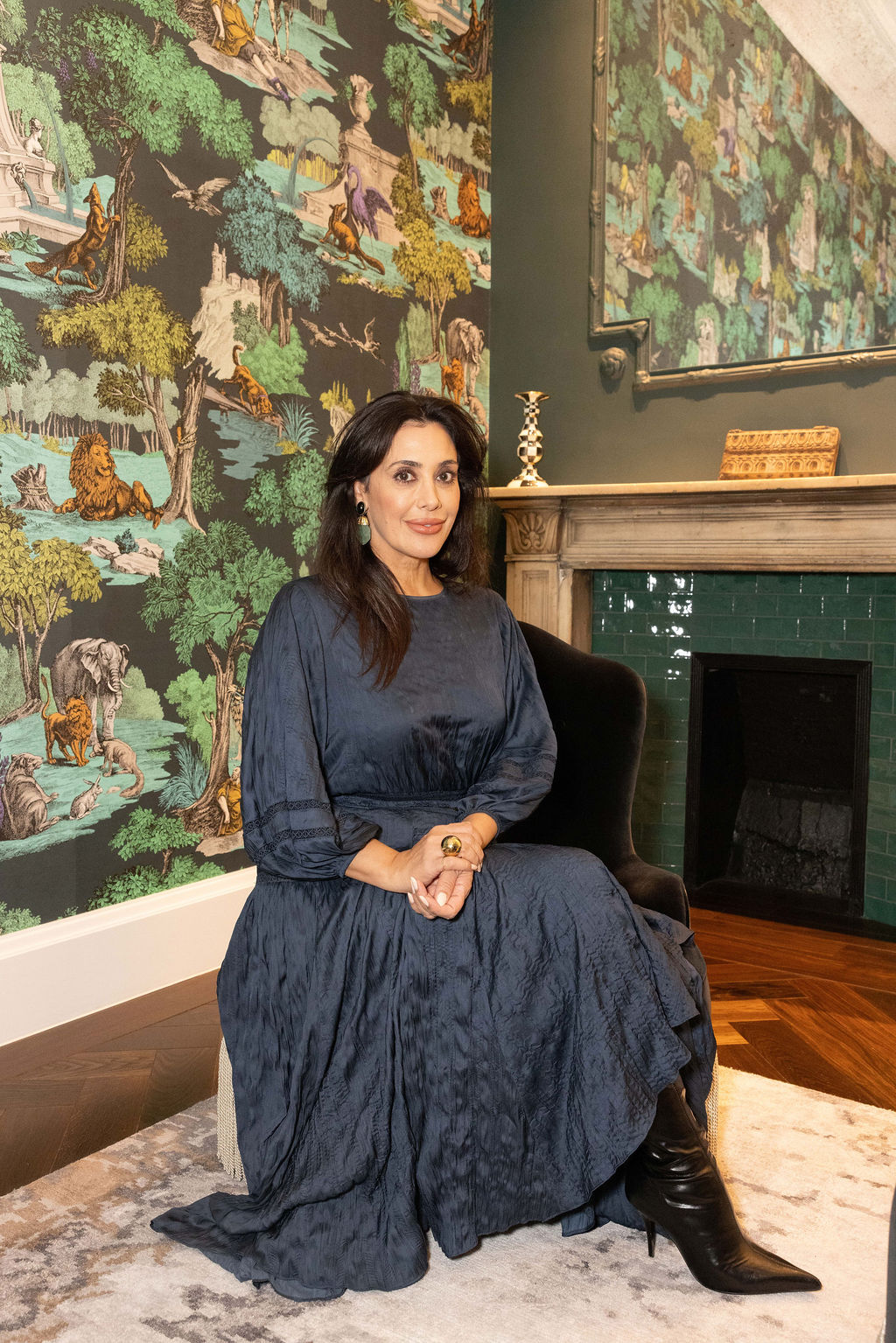
In an era of hyper-fast trend cycles, where terms like quiet luxury, old money aesthetic, or coquette core dominate feeds, a yearning for nostalgia has emerged. Be it a romanticisation of the past, viewed possibly as a simpler time, or recognition of “artisanal intelligence” in the face of artificial intelligence, luxury heritage brands have an opportunity to curry favour with a new generation of consumers. But must they stay true to their core heritage principles, or reinvent to remain relevant in the 21st century? In a sector that is worth over £80 billion to the UK economy, the stakes are certainly high.
What is a Heritage Brand?
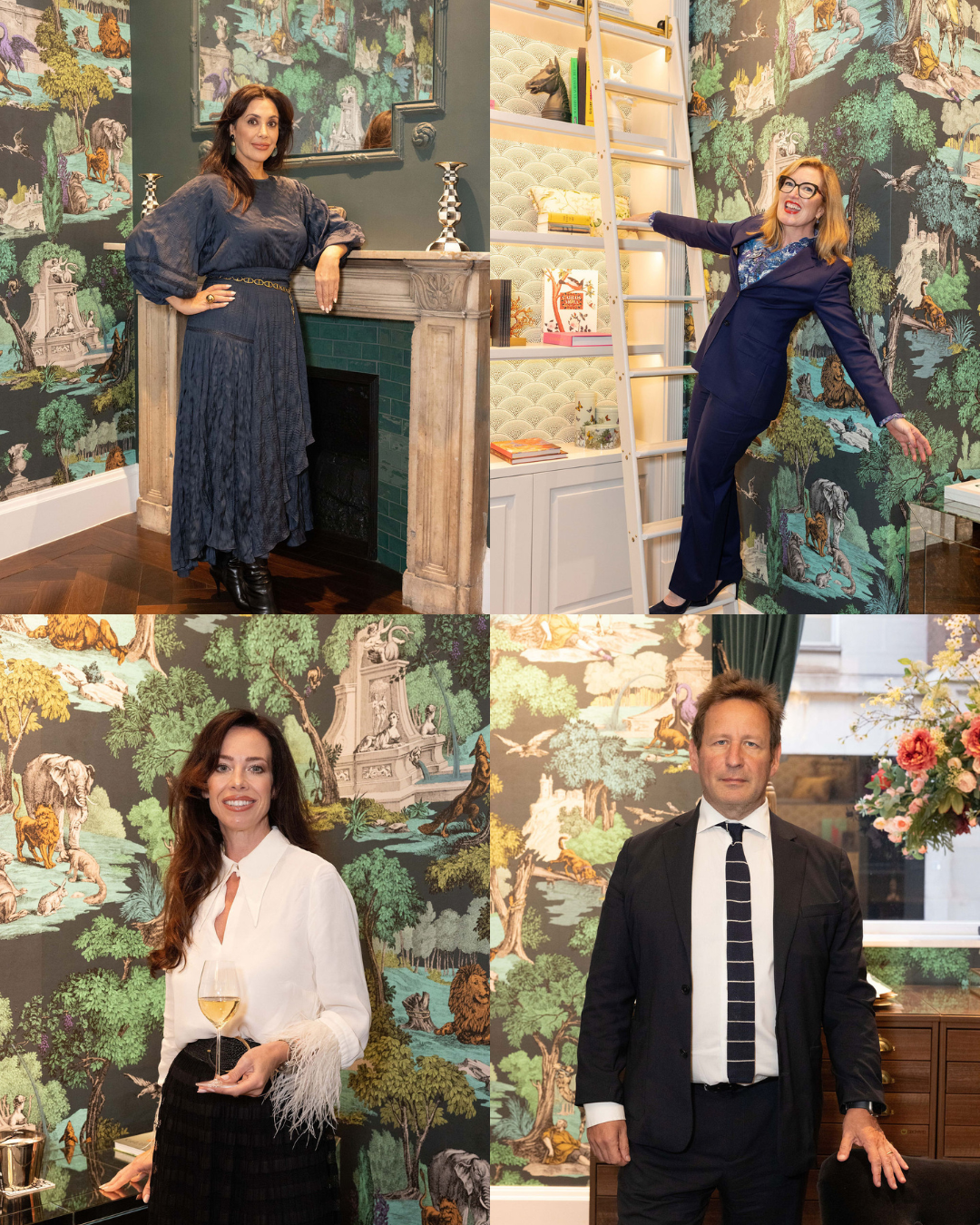
What is a heritage brand? The very question posed by Ed Vaizey, when first addressing the esteemed panellists. For Marie, it’s “a recognition of the past, and bringing that to the future”. So, by definition, a heritage brand has to be alive and modern, as well as rooted in the past. Bollinger, Victoria highlights, epitomises this, using the same production methods – riddling, discorging – that it did when founded in 1829.
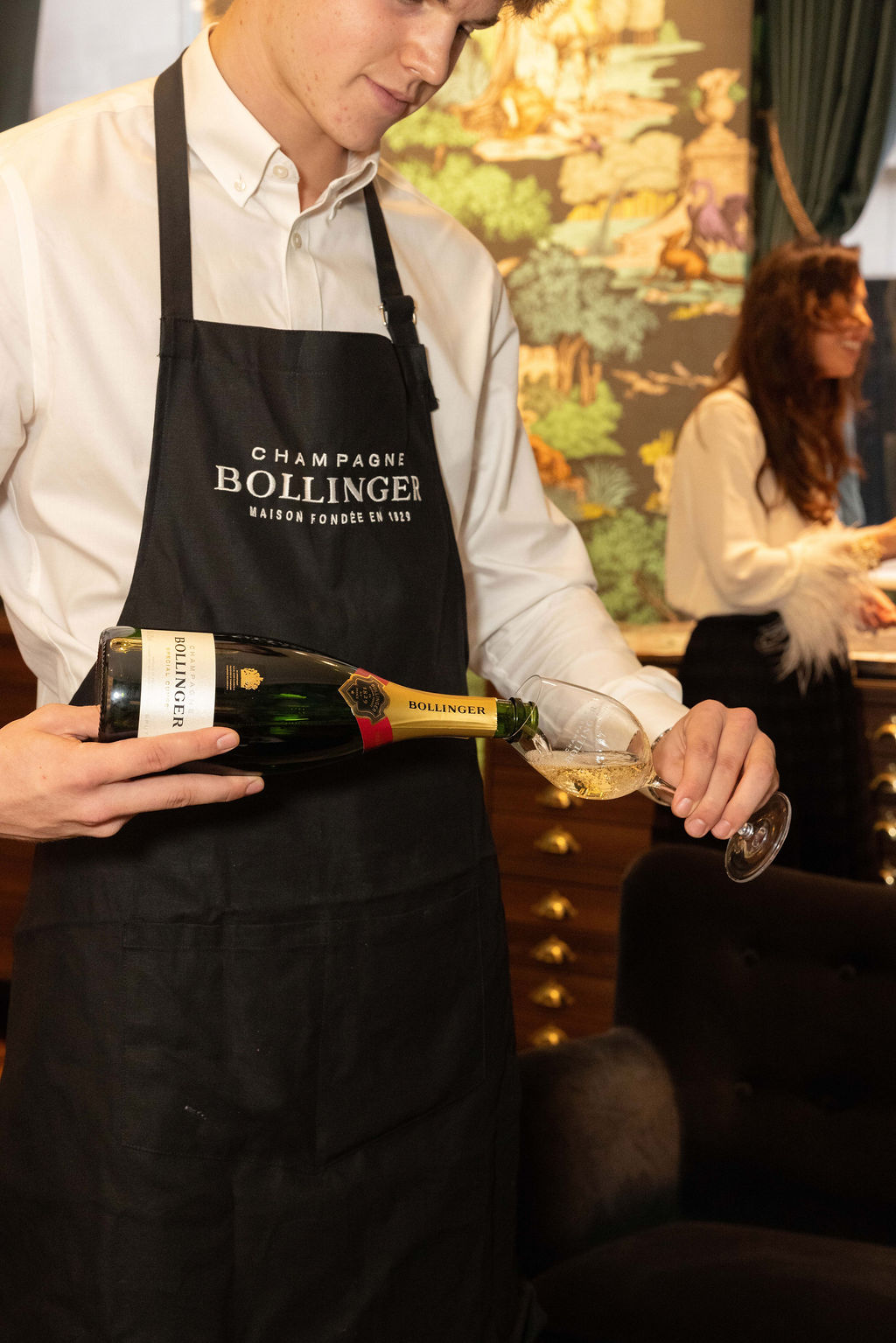
Helen, who represents over 80 luxury brands, believes it is the storytelling that underpins a heritage brand. “Particularly in the luxury sector, for brands to be alluring and sexy, there needs to be a story – a moment of origin in the dark past that has made it what it is today”, she explains. Take Burberry, a member of Walpole. When Thomas Burberry founded what is now a leading fashion design house, he did so because he invented gabardine – a revolutionary waterproof and breathable fabric that would go on to be used during the war (yes, trench coats literally came from the trenches), long before it became a staple of the discerning fashion editor.
The Art of Reinvention
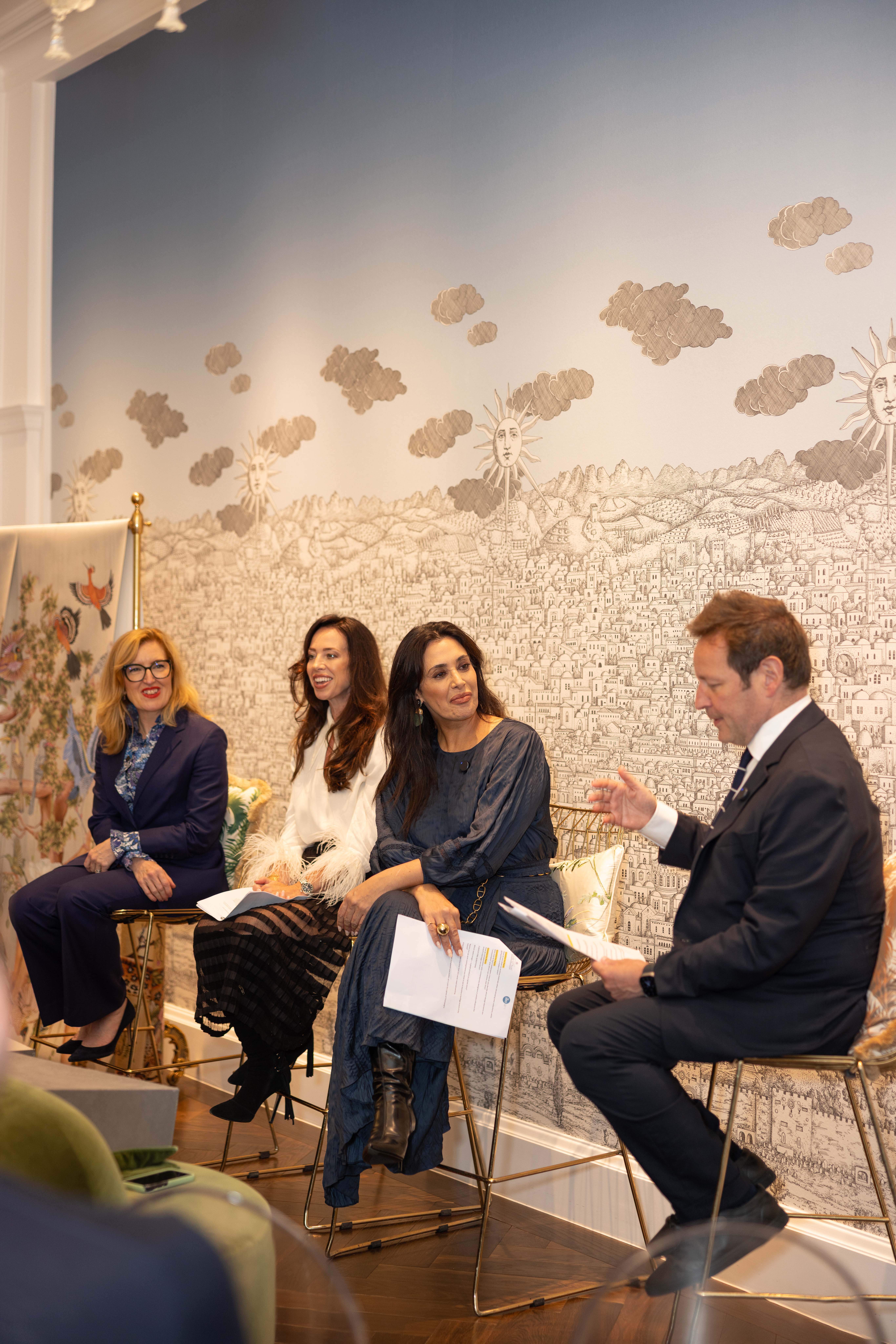
To reinvent a heritage brand, as Ed suggests, is it simply a case of a fresh marketing campaign, catering to the whims of a new audience? Victoria thinks not. “It’s about your product. Your product is the thing you speak to people about”, she outlines. For Bollinger, it’s about evolution rather than overhaul. Today’s drinker consumes less than ever before. Bollinger’s response? Making more out of the ceremony and ritual around champagne by delving into its archives, which date back to when the company was founded, and reviving a rare, historic cuvée.
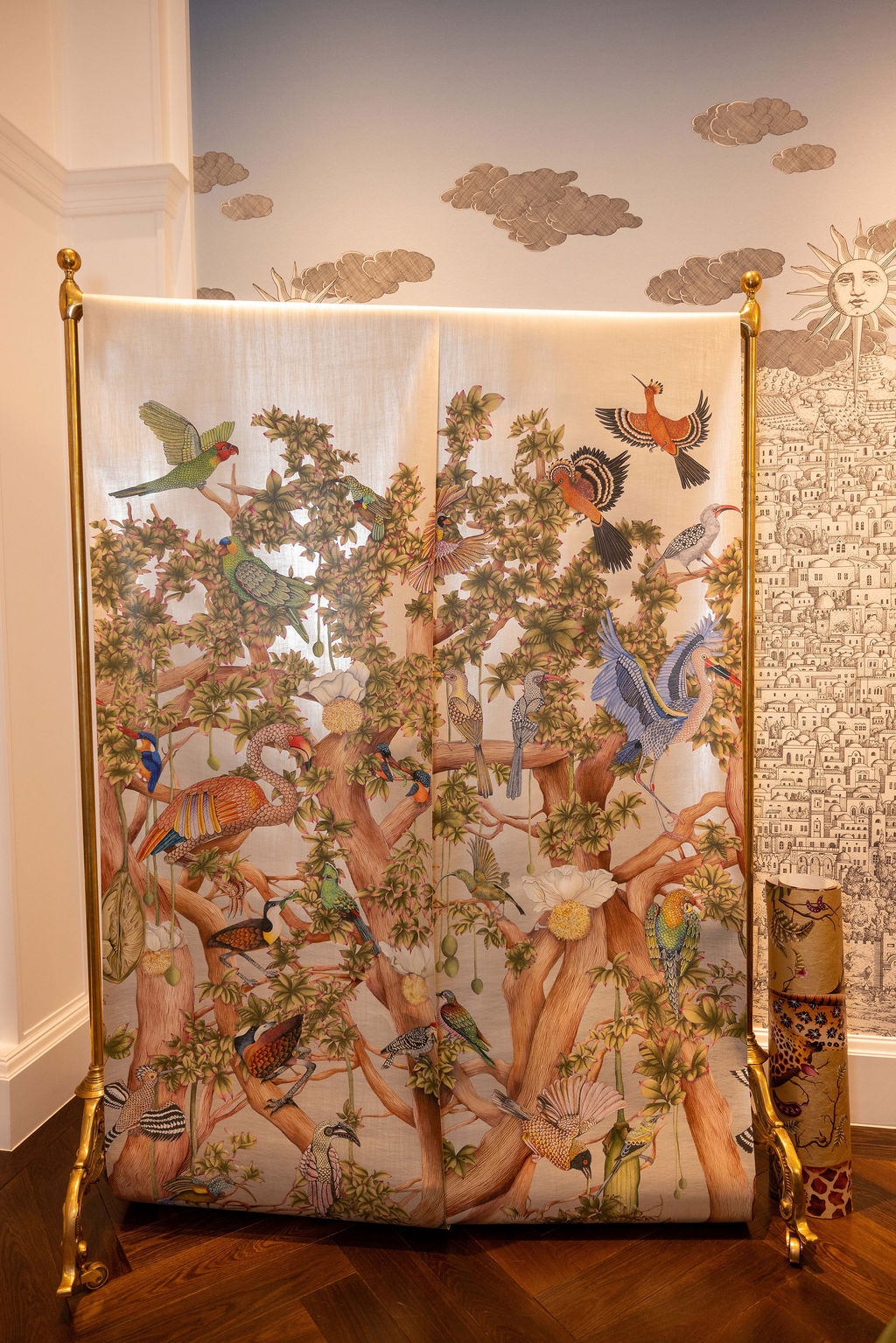
Reinvention is also needed when expanding into new markets, perhaps where the prestige associated with the heritage brand isn’t so implicit, and a need to adapt arises. Marie highlights Cole & Son’s expansion into Middle Eastern markets: “We have to examine the colour variation to fit the culture of the country, as well as the materials we use.” For example, some cultures wash their walls, and so Cole & Son’s natural, raw silk wall coverings would not be suitable. A vinyl variation, however, would work perfectly. It’s an exciting opportunity to take a heritage product and ensure that it not only appeals to new consumers from different cultures but also respects and reflects their way of living.
When Heritage Becomes a Hindrance
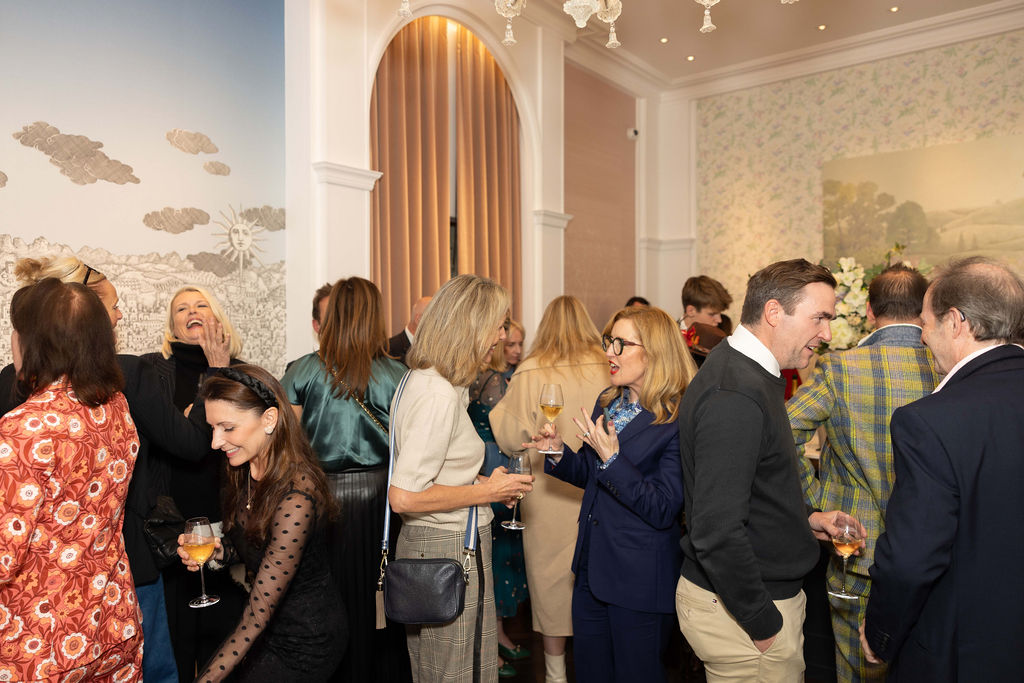
There is, of course, a risk that remaining so steadfast in commitment to heritage, that it becomes a hindrance. Conservatism becomes a crutch and the brand that is so anchored in the past risks being relegated to it. As Victoria points out, there is often much innovation that goes on behind closed doors. “We’re constantly looking at new scientific techniques to improve the production process, but every time, we end up returning to tradition.” As Madame Bollinger said when she took over the house after the Second World War, if it’s good enough for wine, it’s good enough for me.
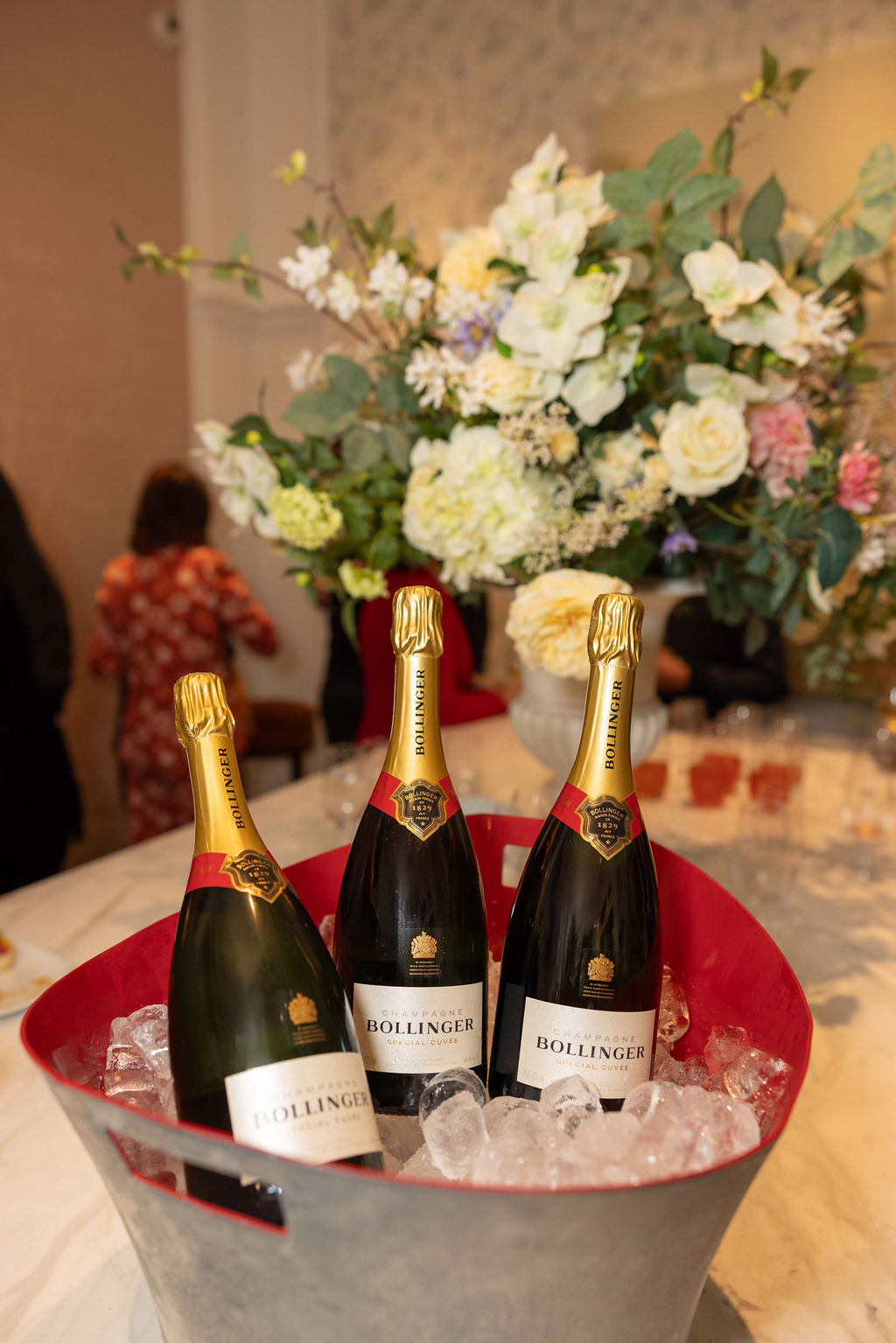
Innovative techniques aren’t unique to Champagne. Hypothetically, thanks to the development of technology since it was first founded, Cole & Son’s iconic wallpaper could be replicated via lasers, which would no doubt reduce costs and production time. Marie recognises but challenges this: "There is nothing exciting about that! No story, no emotions, no touch of the hand.” After all, where is the luxury in something that is so easily replicable?
The Future of Luxury
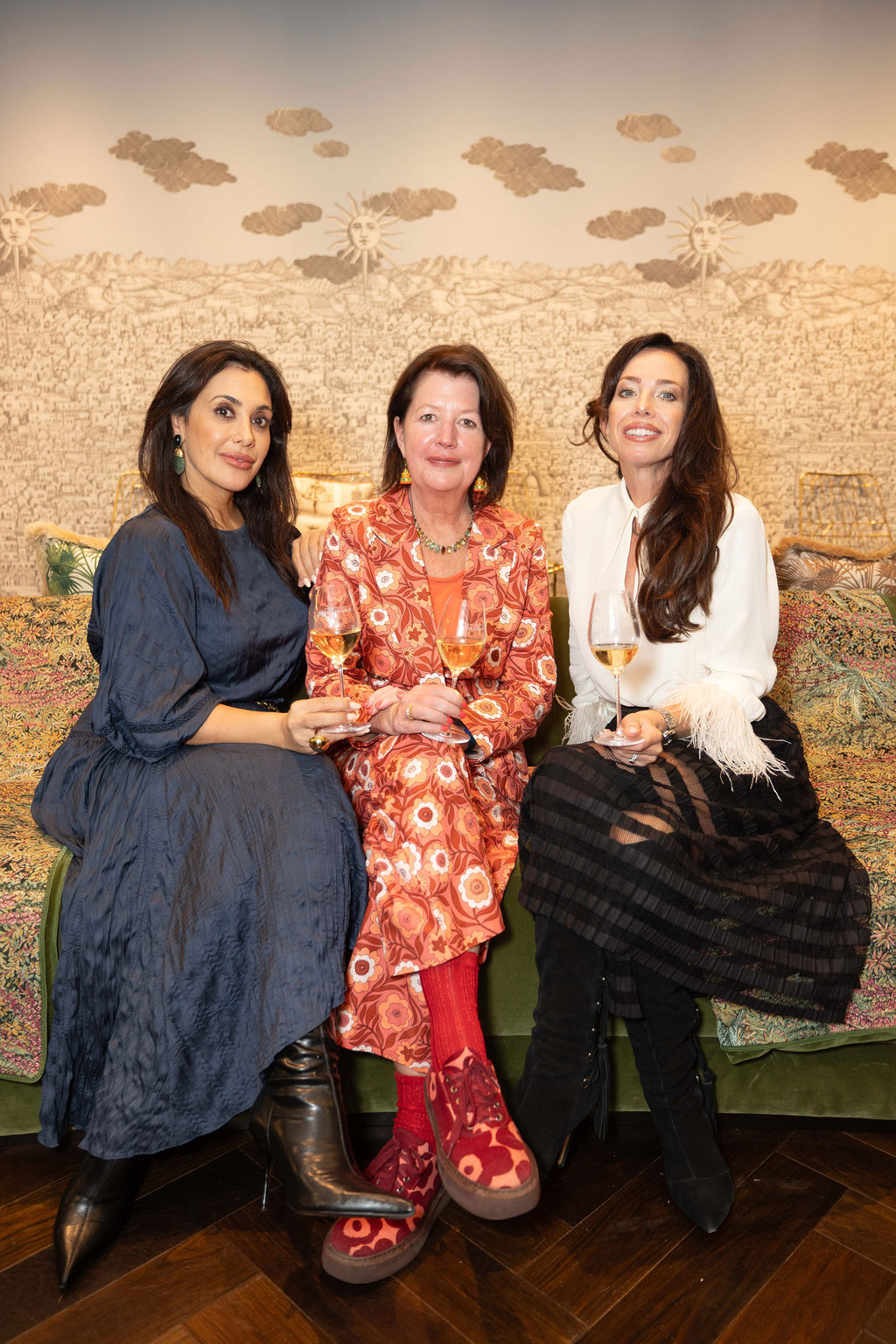
What is abundantly clear from the panel discussion is that heritage must be earned, not bought. But what of the heritage brands of tomorrow? A query from a budding businessperson in the audience directs the conversation to how fledgling brands can set themselves up to be the next generation of heritage brands. Helen, after jokingly telling the inquirer to “see [me] her after school” to discuss Walpole’s Brands of Tomorrow initiative, advises them to “document absolutely bloody everything” as they are in essence “creating an archive from scratch”. “So many brands have to go to auctions to piece together their own archive”, she counsels. Marie chimes in that they must “be proud of what [you] they are doing and be brave enough to do it in the first place”. It is about recognising the value in what you’re creating, while you’re creating it.
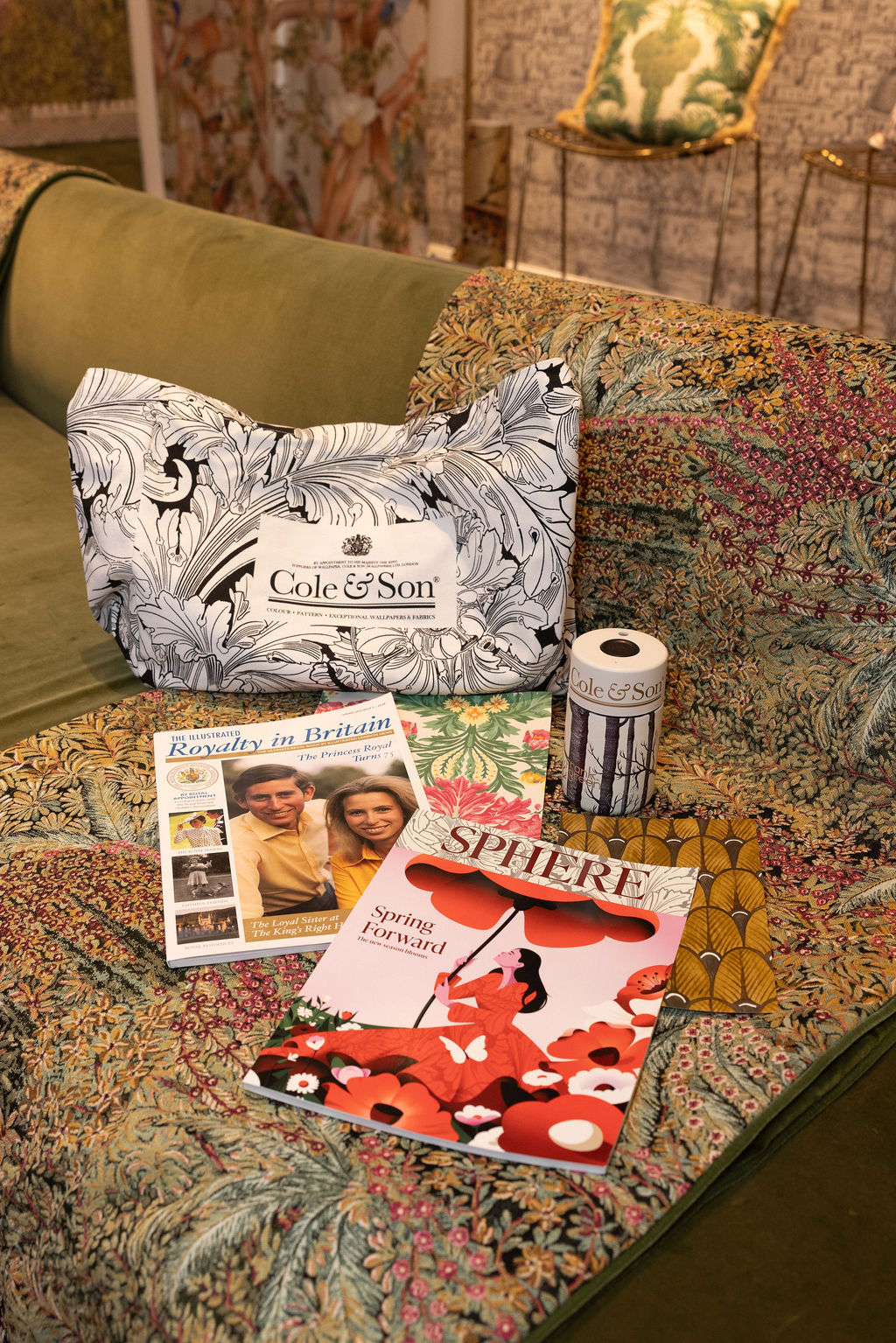
In an age of out-of-control consumerism, it seems the currency of craftsmanship cannot be underestimated. According to Helen, “Gen Alpha has a predilection for analogue – we’re seeing a return to typewriters, print magazines etc”. It’s about showcasing the process behind the product, leaning into the “nerdiness of the next generation” who are fascinated by how things are made, not just what they are.


